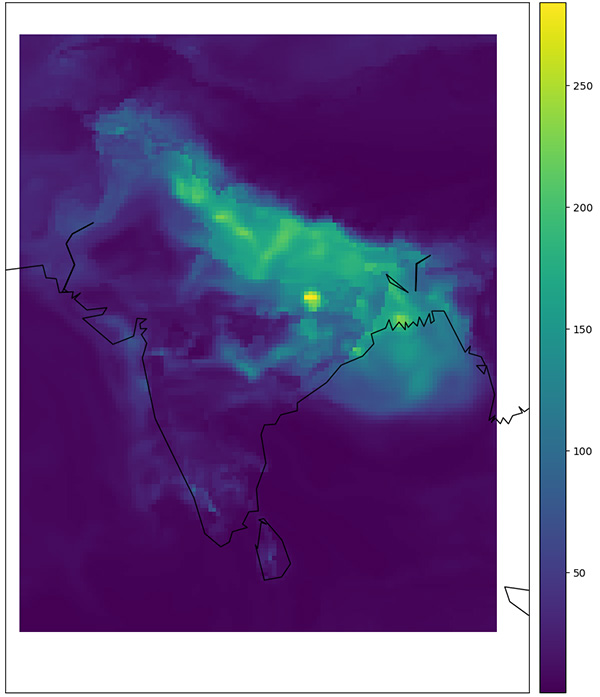Enabling data driven air pollution policy making
Inferring site-specific factors of pollution for effective data-driven policy making

There have been a lot of public policy measures taken to address pollution in the country, but these interventions have not always been highly effective. For effective interventions we need to understand air pollution and analyze both local and global air pollution data to be able to identify causal factors and predict air pollution.
Air pollution consists of various kinds and sizes of particulate matter, out of which PM2.5 –particulate matter that is 2.5 micrometers and smaller – contributes to over 80% of the deaths. The major constituents of PM2.5 are sea salt, dust, black carbon, sulphates, nitrates, organic carbon, and secondary organic aerosols, with latter five having grave impact on people’s health. The major sources of PM2.5 are biomass burning (crop burning and forest fires), thermal power plants, steel and other such industries, and urban centers. Beyond this there are also factors such as transborder winds and meteorological phenomena such as temperature inversions that can impact pollution. It is critical to understand these a range of factors to understand and predict air pollution.
We have been working on developing models to predict constituents of PM2.5 pollution at specific locations using available open sourced meteorological and pollution datasets. The model accounts for the various geographical, chemical, economic, and population level activities to identify the root causes of air pollution and predict possible pollution patterns. The aim of the project is to enable model and data-driven decisions to formulate more effective policy design to address air pollution. The model also allows for counterfactual reasoning to verify the effectiveness of policy decisions. The ability to provide casual evidence also can help declutter politics and lay bare the fallacies in policies and illustrate the required steps both long and short term to reduce air pollution.
Through this project we hope to provide an effective tool to both policy makers and the public to address air pollution and work toward cleaner air and healthier citizens.

